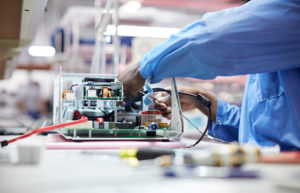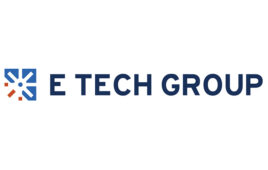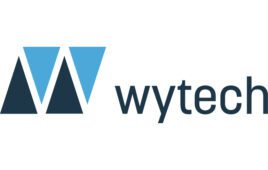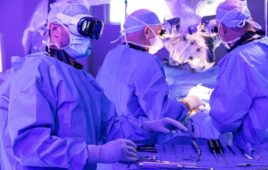Developing a device from pre-clinical work through clinical trials and the regulatory process can take years and millions of dollars. Several factors can help a company to maintain a steady pace without breaking the bottom line.
Matt Valego, RBC Medical Innovations

(Image from RBC Medical Innovations)
Two of the most significant challenges in medical device manufacturing are getting the product to market faster than the competition and meeting high client demands.
Larger original equipment manufacturers (OEMs) that sell medical devices to institutions, such as hospitals and clinics, can expedite speed to market by working with clinicians to quickly identify unmet needs and indications for use. However, converting this feedback quickly into a deployable device can be a challenge.
Oncology tumor ablation, chronic pain treatments, vessel sealing and renal denervation are a few examples of minimally invasive surgical therapies that employ radio frequency generator-based treatments. For these clinical areas of development, it is more important than ever to quickly identify new markets to maintain a competitive growth strategy. This speed to market helps companies compete and stay innovative while lowering the total cost of owning their capital equipment by using common components across multiple verticals.
Flexibility in manufacturing equipment
The equipment itself is a significant component to the overall system cost. Typically, manufacturing equipment is very purpose-built, and changing or updating it requires extensive redesign and testing. A more configurable platform that allows for adding features or performing maintenance updates could lower the cost of ownership. In some cases, features may be added without changing equipment software.
Taking this a step further, new technology is available that allows a client to introduce new therapies without updating generator software. Those therapies include connecting a new multi-electrode catheter to perform an enhanced ablation treatment. Introducing a unique catheter with a different control algorithm can expands the original device’s applications.
The technology behind these innovations involves using an encrypted communication protocol and framework that are pre-programmed into the ablation generator and enabled by the probes that plug into them. The probes tells the generator what to do, allowing it to perform new functions and use new features without ever having to update its software. These platforms offer highly customized RF energy for novel and unique therapies.
While most general-purpose RF energy platforms have a variety of settings, they cannot be highly customized. This technology allows the customer the flexibility to create unique therapies and user experiences in a fraction of the time it would take to create custom settings from scratch.
No need for software updates in the field
This solution alleviates a major logistical pain point, as updating software on capital equipment deployed in the field is very time-consuming and costly. Field representatives must go out to each center, or the center’s direct employees must be trained to perform software updates. Additionally, records must be generated that work was completed, and transferred back to the manufacturer for record-keeping — another time-consuming process.
Smaller firms and startups can also use an RF development platform to customize their algorithms in order to get to clinical trials faster. Startups can save money and reduce their risk of missing investor and clinical milestones. A developmental platform can also allow small firms and startups to expand their bench research and try things they would have otherwise been unable to due to constraints of off-the-shelf generators. For example, they can experiment rapidly to figure out a catheter/probe design and energy combination that will produce the desired lesion, which in turn produces the desired clinical effect.
A customizable development platform may also allow a company to build the first device on a commercial-ready system, rather than developing the market-ready product after the clinical concept is proven.
Matt Valego is VP of sales & marketing for RBC Medical Innovations. He has more than 20 years of experience in medical sales, marketing and business development.
The opinions expressed in this blog post are the author’s only and do not necessarily reflect those of Medical Design and Outsourcing or its employees.




